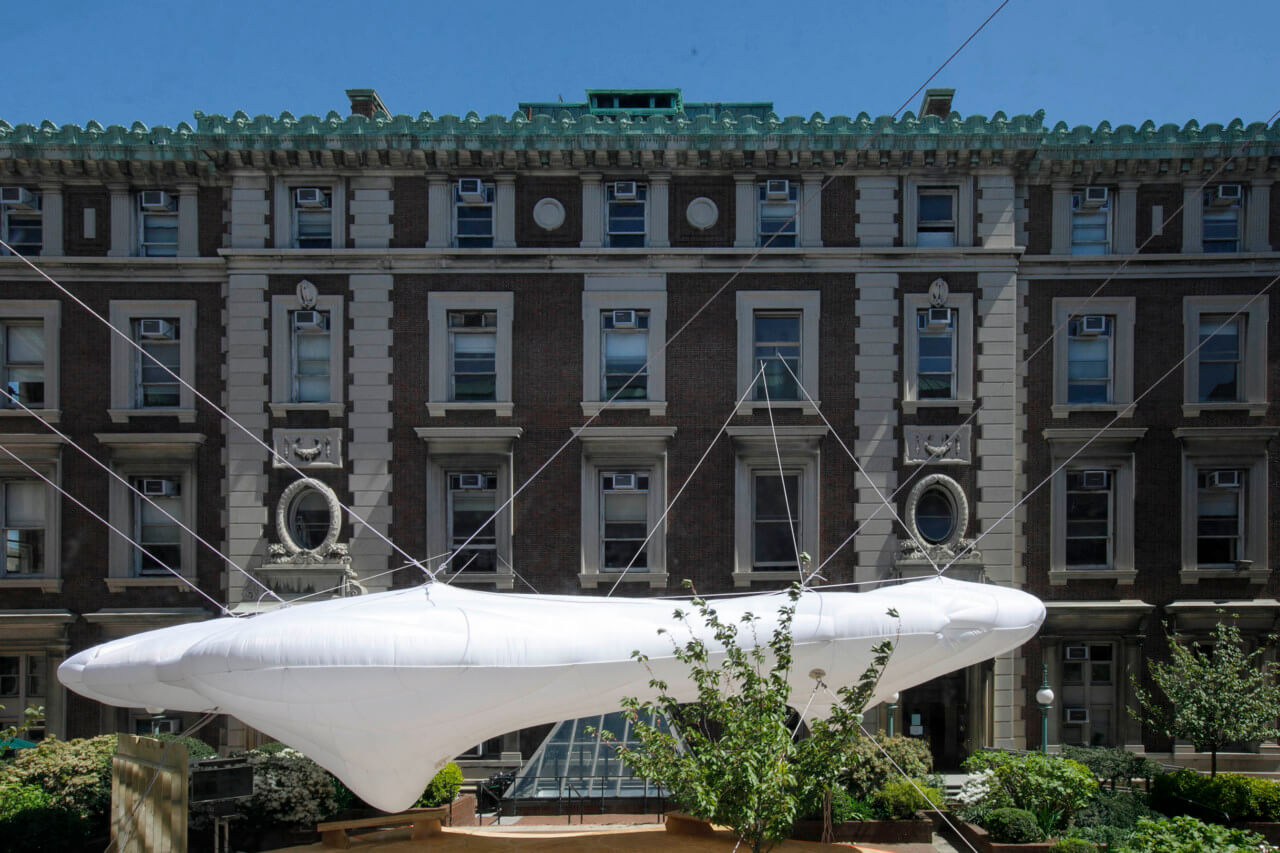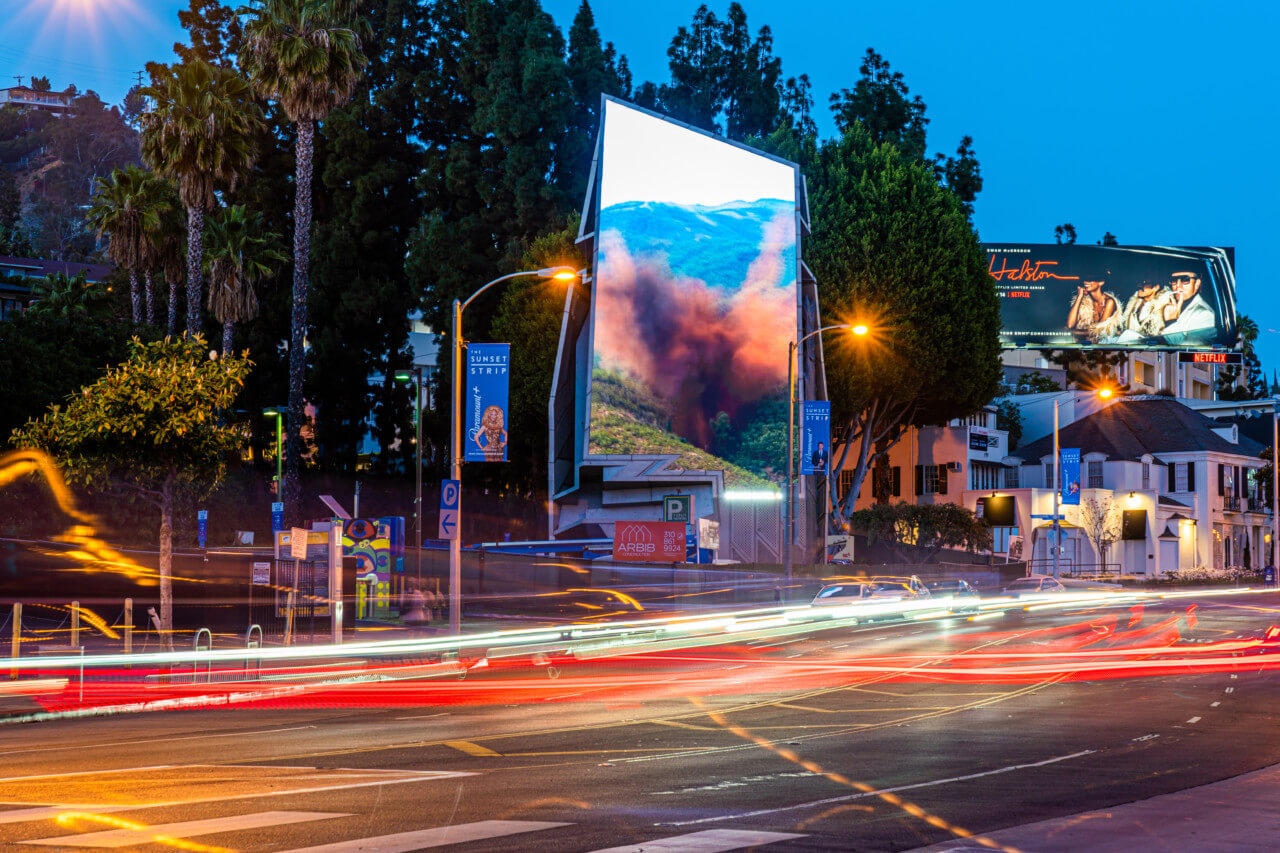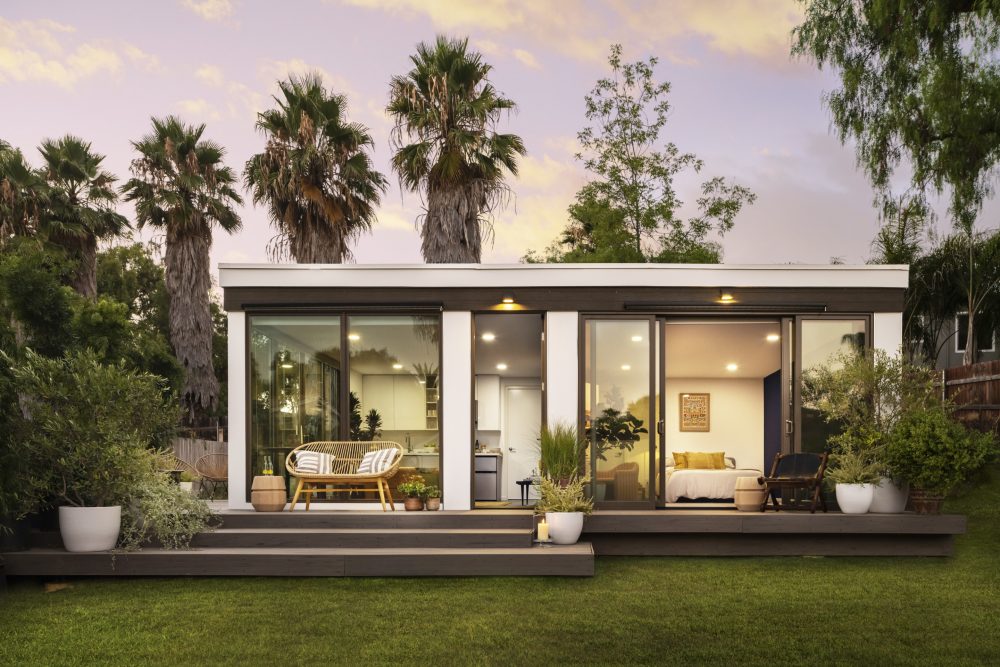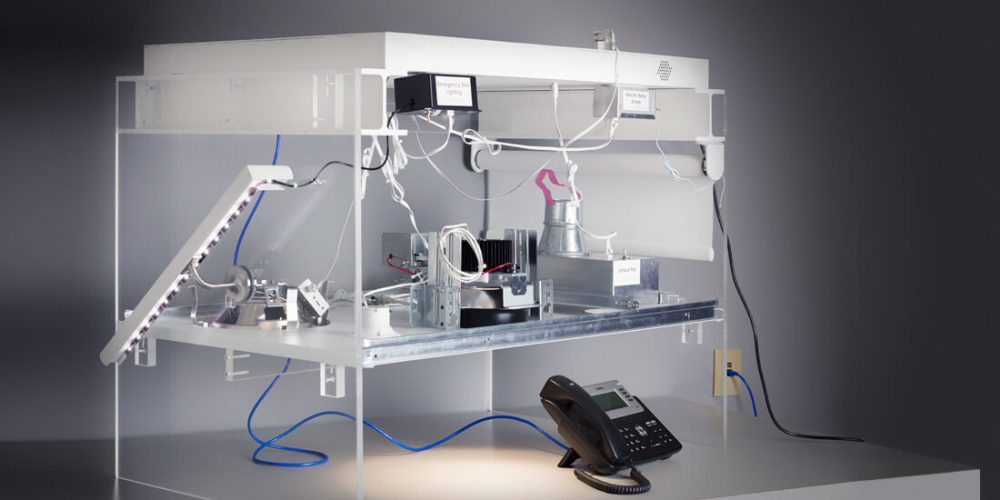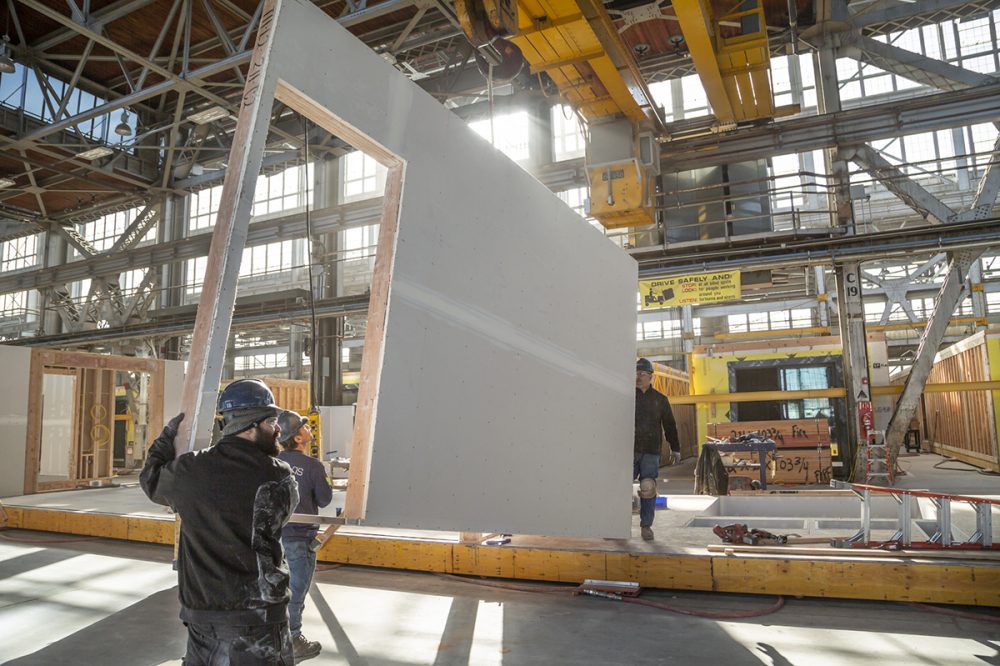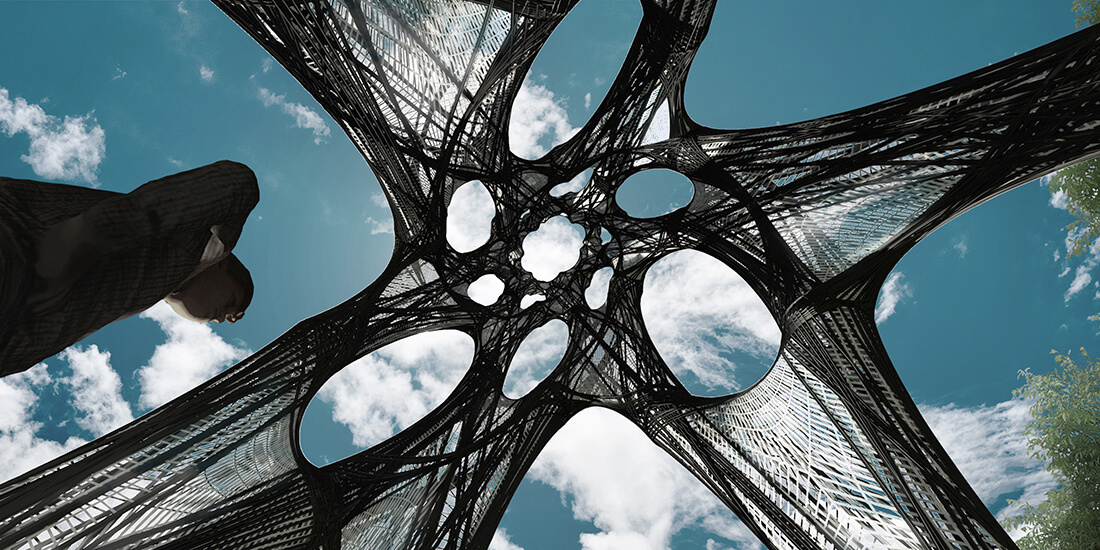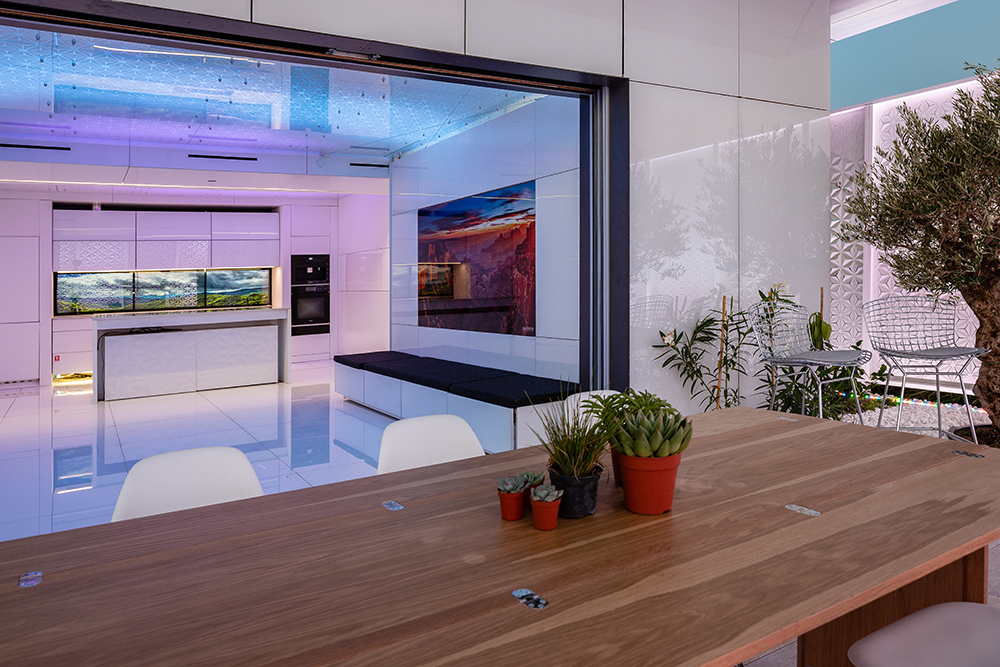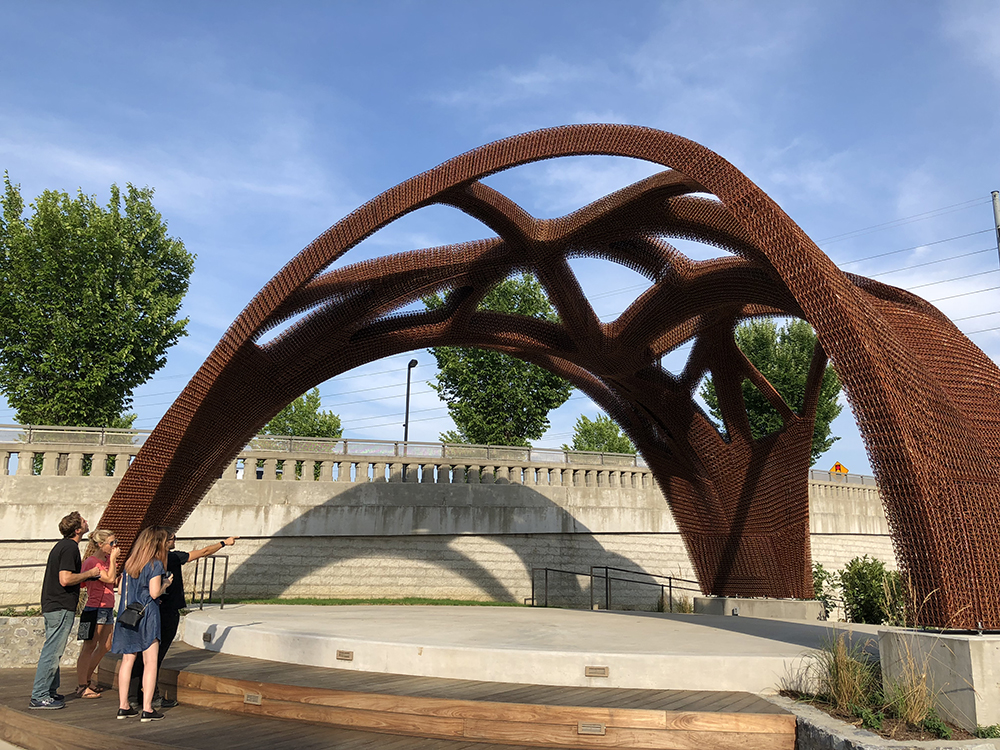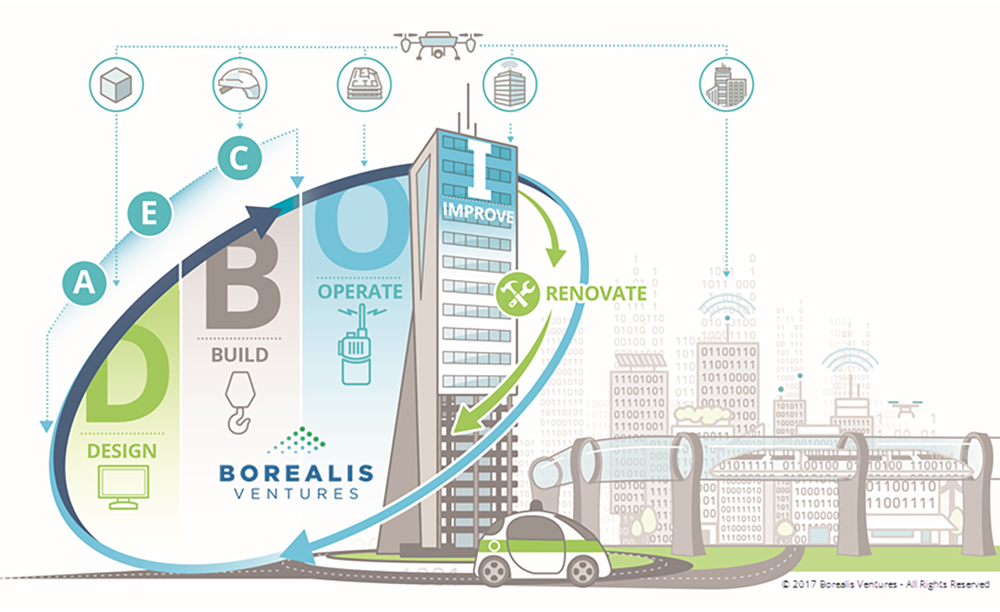Summer is approaching, and that means that schools are saying goodbye to another generation of students. At the Columbia University Graduate School of Architecture, Planning and Preservation (GSAPP), that meant the creation of the Avery SPOT, a high-tech inflatable installation and wooden stage that were used to hold GSAPP events and commencement from April 29 through May 1.
Los Angeles’s Sunset Strip is a charming hodgepodge where buildings old and new jostle for space with palm trees and rotating billboards. Adding to this riotous scene is a new urban marker every bit as attention-grabbing as Hollywood blockbusters and architectural kitsch. At 67 feet tall, the West Hollywood Sunset Spectacular is somewhere between a billboard and
Mighty Buildings, a new San Francisco-based construction startup, is aiming to 3D print prefabricated housing. They’ve hit the ground running, and the company has already produced a number of accessory dwelling units (ADUs) and partnered with EYRC Architects to design its new range of stylish, small homes. By producing lightweight, stone wall, flooring, and roof
A collaboration of Canadian companies led by Toronto’s WZMH Architects has developed an award-winning prefabricated panel that could make buildings smarter and more efficient. The prefab Intelligent Structural Panels are made of two steel plates, just two inches apart, that sandwich connective tech and are arranged something like an enlarged microchip. Lighting, HVAC, elevators, security
Autodesk is making a bet on the future of prefabrication for disaster housing with an investment in FactoryOS and the company’s California-based “Rapid Response Factory.” In addition to allowing the startup to begin experimenting with constructing post-natural disaster homes on the factory floor, the funding will reportedly allow the Bay Area startup to create a
Exhibit Columbus, the annual celebration of mid-century and contemporary design in Columbus, Indiana, will be showing off new possibilities of materials that unify support and envelope. This August, two of the festival’s six University Design Research Fellows will present this work as part of a brand new fellowship program. Marshall Prado, a professor at the
New housing is coming to Times Square, at least temporarily. The Virginia Tech team of students and faculty behind the FutureHAUS, which won the Solar Decathlon Middle East 2018, a competition supported by the Dubai Electricity and Water Authority and U.S. Department of Energy, will bring a new iteration of its solar-powered home to New
On July 18th, Chattanooga-based architectural fabricator Branch Technology unveiled the world’s largest 3D-printed structure, a bandshell pavilion measuring 20-feet-tall and 42-feet-wide. The pavilion was first announced in Cambridge, Massachusetts during MIT’s 2018 International Association for Shell and Spatial Structures. The structure is located in Nashville’s emerging smart-city neighborhood, OneC1TY. Reported by Architect Magazine, the carbon
In Constructuring: An Unstoppable Trend, a white paper by Borealis Ventures’ Ian Howell, speculates as to which practices holdback the construction industry’s ability to build housing on-time and within budget. Citing a McKinsey & Company study which found that “large projects across asset classes typically take 20 percent longer to finish than scheduled and are
